Spawning season is a sensitive and vital time for the trout population. Trout can lay upwards of 6,000 eggs during the spawn in special water areas called Redds. Finding the spawning grounds and waiting for the eggs to hatch can take months, so it takes quite a long time for everything to fall into place.
Trout either begin to spawn in the fall or the spring. Depending on the location and type of trout, the time of year the spawn occurs changes. A few factors need to come together before the spawn begins, like the proper water temperature, stream flow, river bottom, and oxygen level.
Different trout spawn at different times of the year, but the conditions they need to spawn are fairly universal.
Spawning Season Of Different Types Of Trout
1. Rainbow Trout
Generally, rainbow trout are going to spawn in the spring. Depending on the time of year and weather, rainbow trout can spawn as early as February, and by the time March hits, they’re in full spawn.
Rainbow trout living in higher elevations may not spawn until June or July, depending on the year.
I’ve covered all this in-depth in my other article: Rainbow Trout Habitat
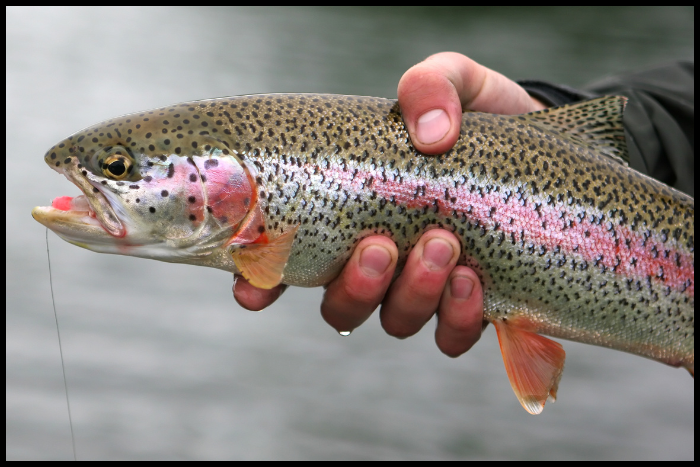
2. Brown Trout
Brown trout are a fall spawning fish. By October or November, most brown trout are fully spawning.
Again, it’s dependent on weather and water conditions, but they’re heading to their spawning grounds and ready to go by the time October rolls around.
Some of those higher-elevation brown trout spawn in September due to the dropping temperatures.
3. Cutthroat Trout
Cutthroat trout spawn in the spring and the early summer. In the warmer locations, cutthroat will begin spawning in February or March.
Cutthroat may not begin spawning until July, depending on the year and water conditions in some higher elevations.
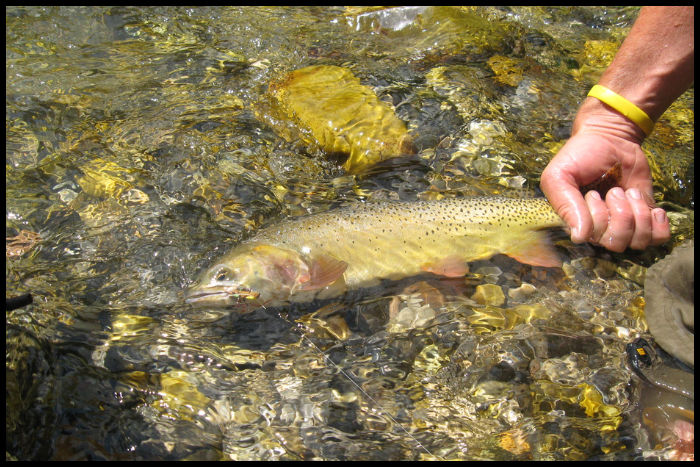
4. Brook Trout
Like brown trout, brook trout spawn in the fall. Of all the trout, brook trout generally require the coldest water temperatures and most oxygenated water for them to spawn.
As a result, they will begin their spawn later in the fall than brown trout. By the time February rolls around, brook trout fry have hatched from their eggs and are beginning their lives.
5. Bull Trout
Bull trout are another fall-spawning fish. Sometime between August and November, bull trout begin their spawning process.
Unlike many other trout, bull trout don’t sexually mature until they’re at least four years old. Some fish aren’t mature until they hit seven years old, so there’s a reason why they’re so protected.
The long maturation process can greatly impact the overall population numbers of these fish. Plus, bull trout often spawn every other year, so the population numbers aren’t as high.
Also, the eggs will remain in the spawning grounds for over 200 days before they finally hatch into bull trout fry.
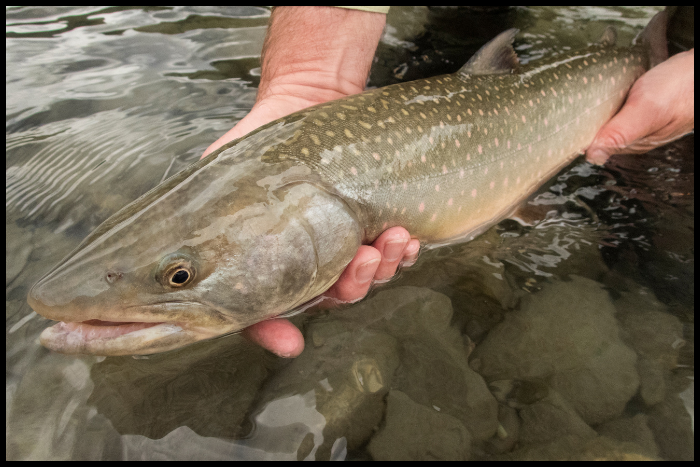
6. Steelhead
Generally, steelhead will be in peak spawn sometime in the spring.
Most years, it’s sometime in March or April. Even though some steelhead enters the spawning streams at different times than others, most spawning usually happens in the spring and early summer.
Steelhead are an anadromous fish, so they swim out into the ocean (or Great Lakes) until they reach sexual maturity, and then they return to the stream where they were born to complete the spawning process.
What Needs to Happen Before Spawning Begins?
The spawning process for trout is truly an incredible thing. Many different environmental aspects must align before the fish feel like it’s time to begin spawning.
Once everything feels in order, the migration and spawn begin.
1. Right Temperature
One of the most important things that need to happen for trout to spawn is the water has to be at the proper temperature.
Depending on the trout, the necessary spawning temperatures vary, but most spawning begins when the water reaches 45-60 degrees.
Depending on the year, the temperature will change because of spring runoff, sunlight, air temperature, and general precipitation levels.
For spring spawning fish, temperatures usually have to rise before the spawning begins. It’s the opposite in the fall.
The warm summer temperatures need to be replaced with the cool fall weather before everything can commence.
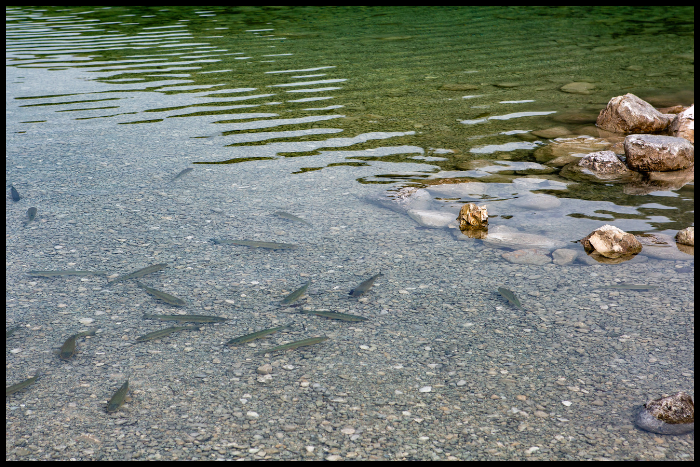
2. Proper River Bottom
Another thing trout seek out when it’s time to spawn is the ideal river bottom. If you find a section of the river or stream with a gravel bottom, you may find yourself amid a spawning zone.
The gravel is necessary because fish can create Redds, areas where they lay their eggs, by turning over rocks and digging holes in the gravel.
Also, the Redds are often in areas where the water isn’t overly deep. If you’re fishing during the spawn, be aware of a reddish hue (hence the name) coming from under the water.
If you see this, it usually means hundreds or thousands of trout eggs are below the surface. Do not walk over this section of the stream or river. Let the eggs continue to grow.
3. Ideal Stream Flow
Another important factor in the spawning process is the stream flow. Depending on the time of year, stream flows vary greatly. Trout need flows that are consistent and clear.
As a result, spring-spawning trout aren’t going to try and time things amid runoff. They want to complete the egg-laying process before flow rates increase and water clarity diminishes.
They generally spawn in somewhere between one and four feet of water. The flows are going to be less intense in shallow water.
The fish want this so they don’t have to fight against the current to protect their eggs. Plus, slower flows mean fewer eggs will be washed downstream and fail to turn into trout fry.
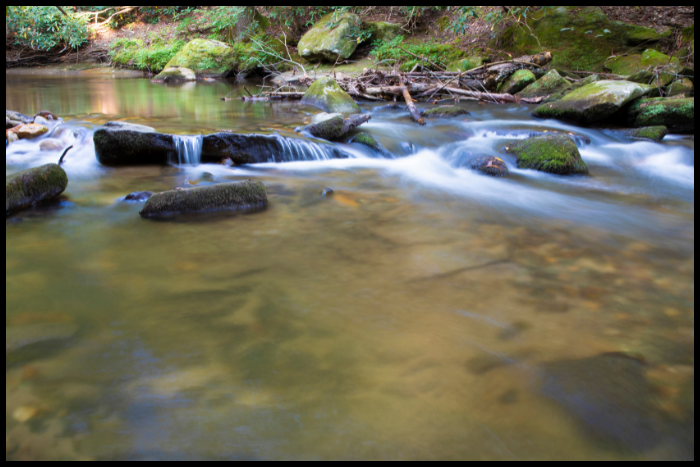
4. High Oxygen Levels
Finally, fish pay attention to the oxygen levels. Highly oxygenated water is essential for trout to live, but it’s vital for a healthy spawn.
The rule of thumb for oxygen levels is that it should be more than 7 or 8 mg/L. Oxygen levels are known to increase as the water temperatures warm and get near the 50-degree mark.
However, as the temperatures get above 60 degrees, the oxygenation goes down and can potentially harm the fish.
The spawn occurs in the shoulder seasons when the water temperatures aren’t too hot or cold.
Trout will time it so they’re comfortable during the spawn, and there’s plenty of time for their eggs to grow and safely hatch. Plus, higher oxygen levels improve insect growth.
Pre and post-spawn trout are desperate to eat.
Before the spawn, they’re fattening up due to how exhausting the spawning process is, and after the spawn, they need easy meals because of their lower energy levels.
Conclusion
Understanding when trout spawn and the conditions they need to spawn is not only helpful for landing fish, but it also allows you to help protect the trout population for future generations.
Trout will either spawn in the fall or spring, depending on the trout type and location. As temperatures begin to drop in the fall and rise in the spring, be prepared for the spawn to begin.
It’s an amazing process that relies on many factors to make it fully successful.
